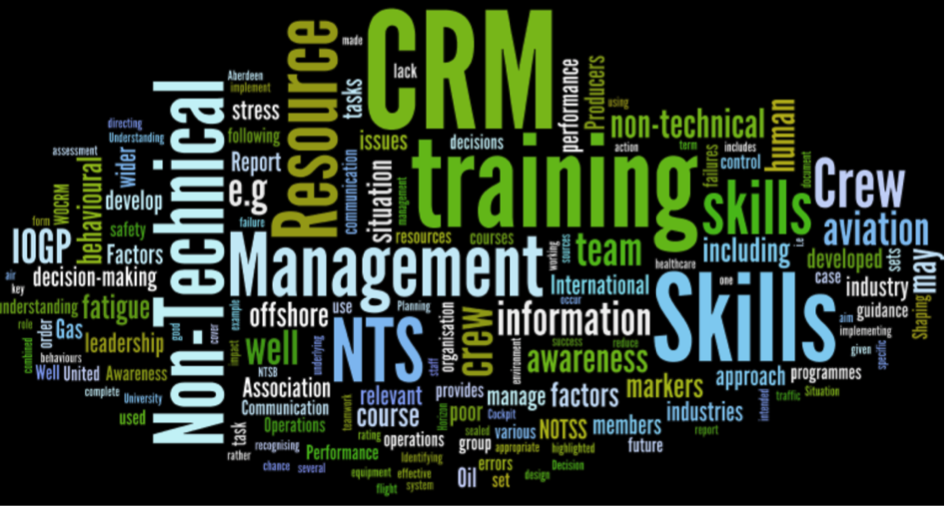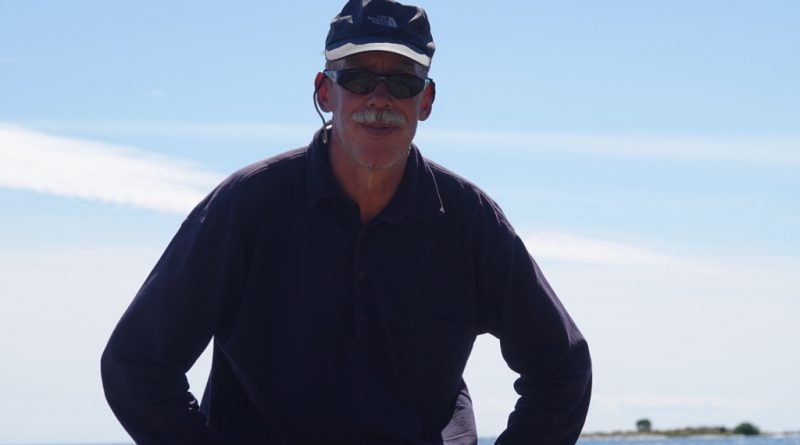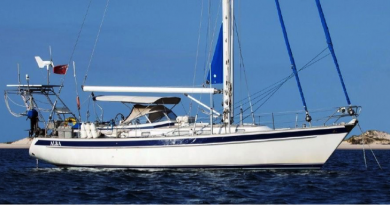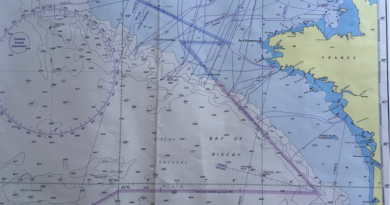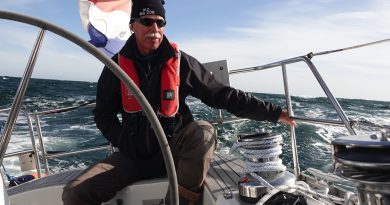RYA-tips #17 – Skipper and Crew – Resource Management –
Zeilen is een combinatie van wetenschap en kunst. En voor wie daar meer over wilt weten schrijft Albert De Nijs, instructeur bij de De Zeezeilers van Marken wekelijks een rubriek met tips&trics van de Royal Yachting Association.
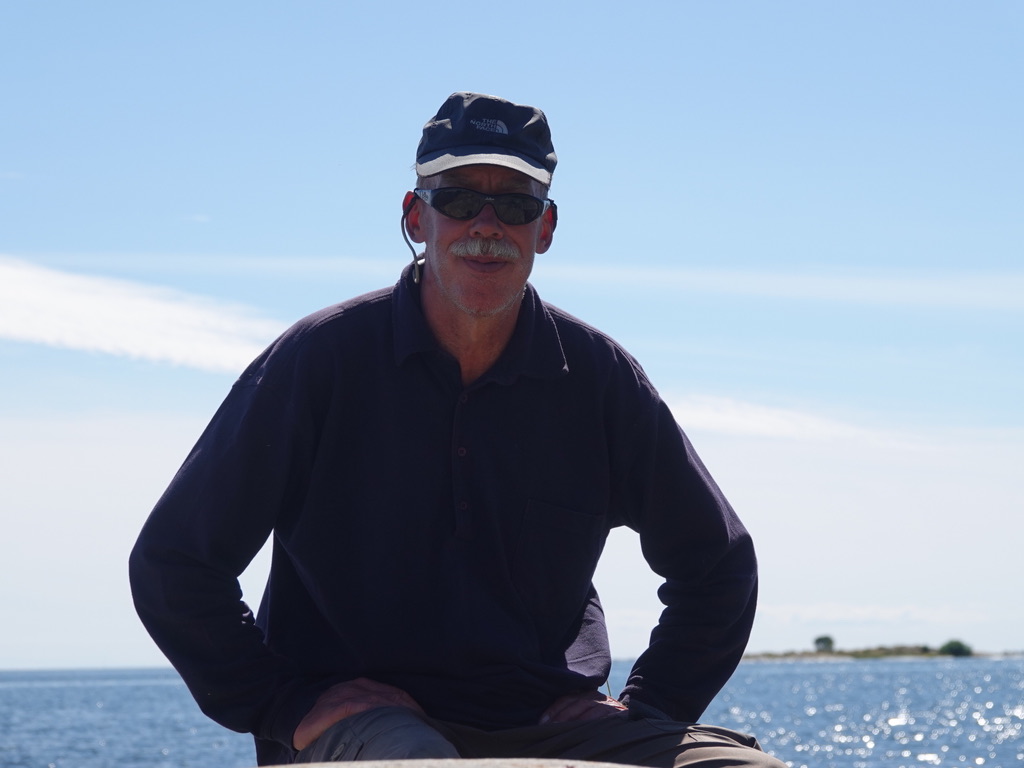
The aim of Crew Resource Management (CRM) is to make use of all available resources in order to optimize the output of a team. So, it is about team performance, which makes it very relevant for sailors!
In the early 1990’s Bridge Resource Management was introduced for bridge teams of commercial ships. This concept originated in the In the early 1990’s Bridge Resource Management was introduced for bridge teams of commercial ships. This concept originated in the airline industry, where accident analysis indicated that human errors were quite often a contributing factor.
In this training, emphasis is placed on different leadership styles, effective crew communication (up and down the chain of command), decision making processes etcetera, so-called non-technical skills.
The concept has broadened into Maritime Resource Management, to include actors ashore, for example within the company, regulators or traffic services (VTS). Training in this field is now part of the STCW requirements for mariners.
As skippers we can use this ‘human-factors knowledge’ to improve teambuilding and keep the whole crew ‘in the loop’ and involved. Since communication is an important part of crew resource management, we can apply this in the crew-briefing.
A briefing serves the purpose of discussing what is going to happen, but more importantly, how it is going to be done. The division of duties can be discussed. It is also a great opportunity to ask for input and ideas from the other crewmembers. By talking through the plan, the chance of identifying omissions, risks and threats at an early stage, is greatly improved. This translates to a feeling of shared responsibility and makes it a team-effort. Everyone stays in the loop and is fully involved, generally resulting in better decisions and a safer operation.
Delegation of duties is a logical next step when the crew is settled in and more experienced. You can ask your one of your crewmembers to prepare a passage plan, pilotage or docking. He can then brief the crew and execute the maneuver, while you monitor progress and keep overview. Clearly assigned tasks and duties can help in keeping the standard operation safe and sound.
As skipper you are then quietly supervising a well briefed team with clearly assigned tasks and duties, resulting in a lower overall workload and better overview.
Albert de Nijs, Dutch Offshore Sailing Academy
